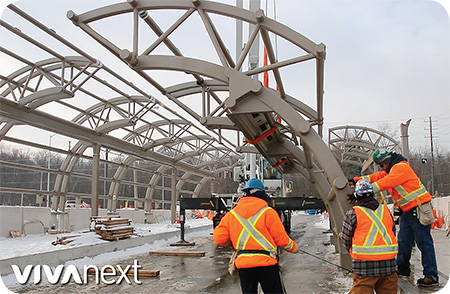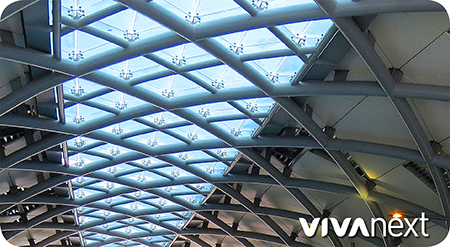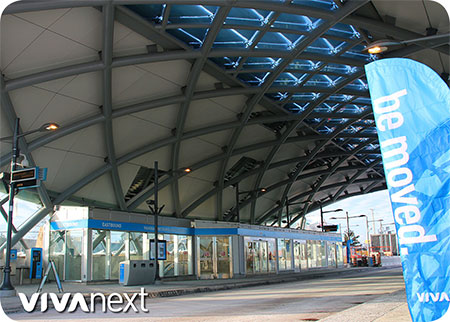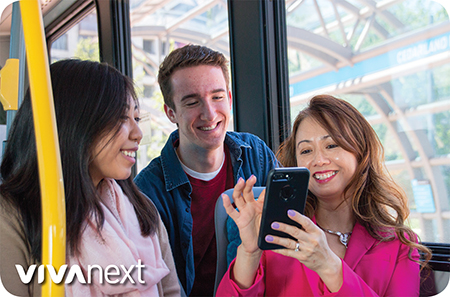
Blogpost by: Sara Grilli
The sight of a child smiling at everyone, two strangers striking up conversation, a passenger helping a parent with a stroller and others offering their seat can bring on positive feelings. Even if everyone isn’t always smiling, daily interactions like these contributed most people’s wellbeing. As this Scientific American blog entry notes, being social is important. It’s a benefit of taking transit – a benefit we all miss out on if we commute by ourselves in a car.
Social interactions have been linked to health benefits, even if it’s just nodding and smiling to a few people. When choosing transit, here are some more benefits:
- Free time: It’s easier than ever to catch up on work [or your Instagram feed]. Viva seats are even equipped with tables near the back of the bus in case you want a surface for your keyboard or sketch pad.
- Fewer cars on the road: Traffic congestion has been the #1 concern for York Region residents for more than a decade, and one Viva bus can replace up to 70 cars on the road.
- Faster trips: Reduced travel times help you get where you need to go – faster and more conveniently. On Highway 7 East and on Davis Drive in 2016, Viva rapidway service was at least 30% faster than travelling with regular traffic.
- Easy connections: As transit services continue to integrate fares, it’s simpler to connect between YRT/Viva, GO and TTC. With a PRESTO card it is easier than ever to tap and go!
These benefits just begin to scratch the surface of what the future of public transportation can offer and with new technologies and ideas; the future is never far away. Mobility as a service is a growing industry and we are learning and growing along with it.
For a look at some of our photos and videos, be sure to check out our Instagram account, and sign up for updates today, because there is always #MoreToCome.

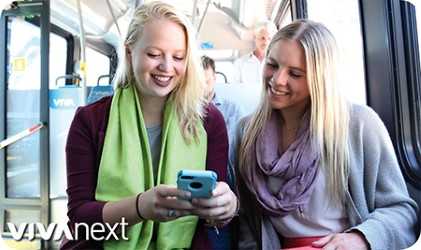
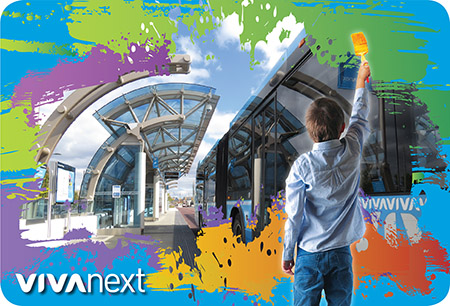
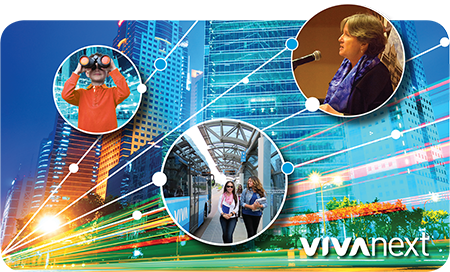
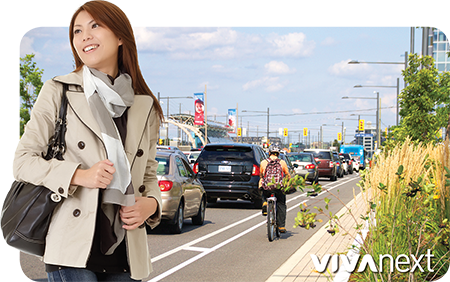

![we’re preparing for spring [despite what the groundhog may say…]](http://www.vivanext.com/blog/vivanext.com/blog/wp-content/uploads/2018/02/Blog_Corp_2018_02_02_Preparing_for_Spring.jpg)
